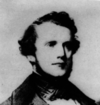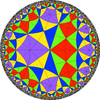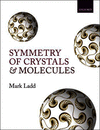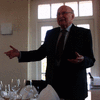issue contents
March 2015 issue

Cover illustration: Bravais described his complete set of space-filling lattices in 1850, but new insights into the hierarchical relationship between the Bravais lattices described in this issue [Grimmer (2015). Acta Cryst. A71, 143-149; see also Flack (2015). Acta Cryst. A71, 141-142] will give scientists powerful new tools in predicting new structures and understanding phase transitions, such as the magnetic ordering in haematite (shown as a backdrop). Image courtesy of K. M. Ø. Jensen, Columbia University.
advances
scientific commentaries

research papers
 access
accessfoundations
research papers
short communications
book reviews

obituaries



 journal menu
journal menu


































